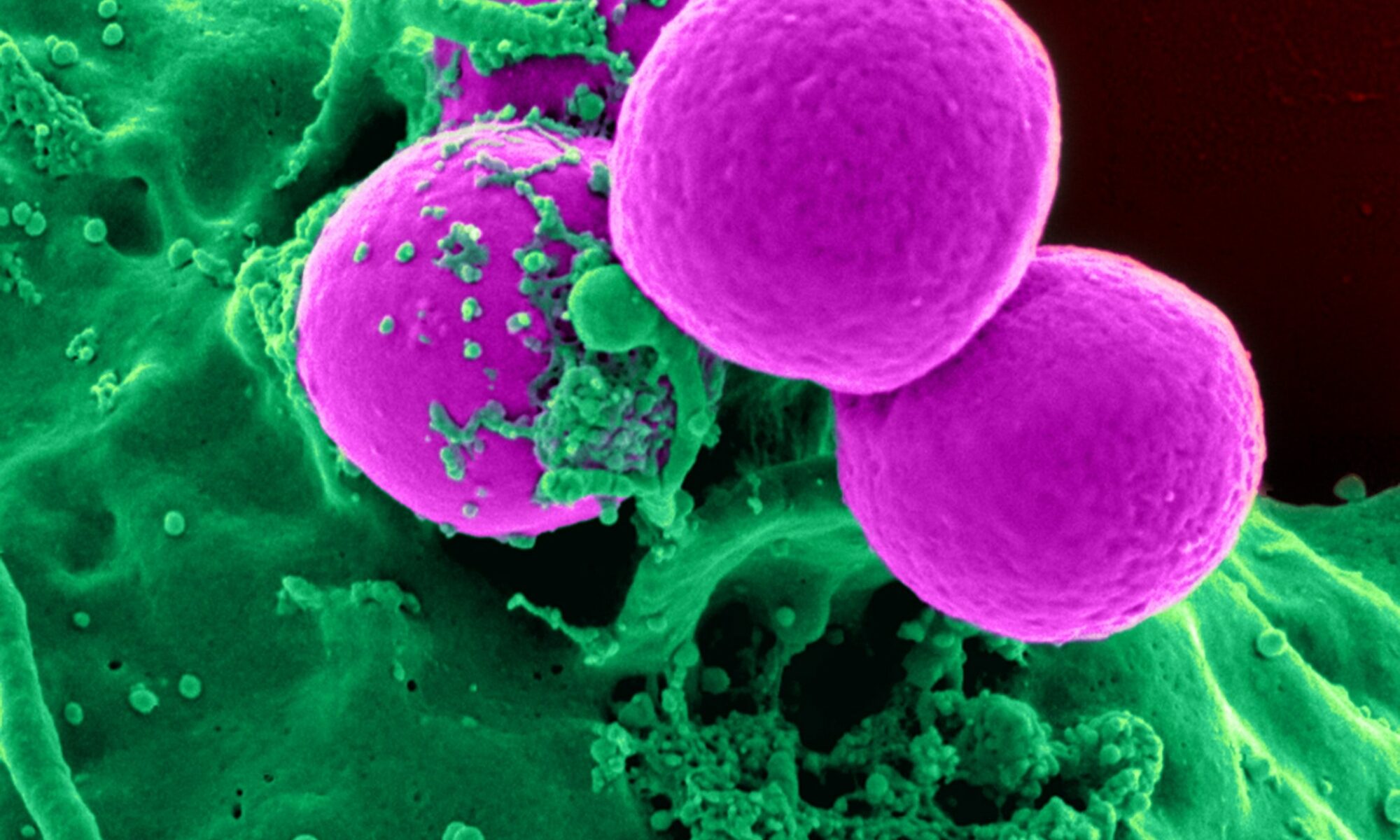 The use of forensic DNA analysis has become a crucial tool in identifying perpetrators of sexual assault crimes.
The use of forensic DNA analysis has become a crucial tool in identifying perpetrators of sexual assault crimes.
Difficulties in analysis arise primarily in the interpretation of mixed genotypes when cell separation of the sexual assailant’s sperm from the victim’s cells is incomplete. The forensic community continues to seek improvements in cell separation methods from mixtures for DNA typing. Mixture interpretation is complicated by a number of technical factors including, allele overlap, stochastic fluctuation, low quantity of DNA, degraded template, three-allele patterns, microvarients and strand slippage stutter. Typically, mixed genotype analysis is time consuming for the forensic practitioner and challenging for an expert witness to successfully convey to a jury, potentially lessening the power of the evidence.
The preferential lysis method has been the forensic standard for separating sperm cells from epithelial cells. This method utilizes cell-specific differences in membrane chemical composition by first lysing the non- sperm cells without disrupting the sperm cells, then washing away any residual exogenous DNA from the intact sperm cells. Although this method can generally provide two cellular fractions, one comprising of sperm cell DNA and the other of non-sperm DNA, the separation is not always complete.
Flow cytometry was introduced as a superior method to separate sperm cells from vaginal epithelial cells. This fluorescence-activated cell sorting (FACS) approach relies on differences in the cell size, shape, surface phenotype, cytoplasm and DNA content. However, this high sensitivity requires a low concentration of cellular debris in the vaginal lavage.
A microchip-based sperm and epithelial cell separation method utilizes the differential physical properties of cells that result in settling of the epithelial cells to the bottom of a reservoir and subsequent adherence to the glass substrate. However, the sperm recovery using gravity-driven flow was less than 5%.
Membrane filtration was another alternative method. This filtration method was developed to cleanly separate spermatozoa from epithelial cells based upon differences in size and shape. Although no epithelial carryover was detected in the genotype, this outcome does not compare either to the level of sensitivity in current STR capillary electrophoresis analysis or the ability PCR multiplexing has in detecting a DNA mixture. This filtration method may be more suitable for samples containing large amounts of sperm with only trace contamination by epithelial cells.
One of the challenges with any antibody-based method is the stability of cell surface antigens in environmentally compromised forensic samples.
Y-chromosome STR analysis takes a non-separation approach to identifying a male’s DNA from a female’s DNA in a forensic mixture. Therefore, if multiple assailants are involved in a mixture, determining the origin of the genotype to the semen deposited or cell type can be unclear.
The identification of individuals in a mixture of two semen samples usually involves an analysis of autosomal and Y chromosomal short tandem repeats (STR) which can exclude unrelated individuals but cannot achieve the purpose of individual identification. In sperm cells, there are multiple copies of mitochondrial DNAs (mtDNA) which exhibit genetic polymorphisms in different matrilineal-related individuals. Single-cell capture technology can be applied to obtain some single sperm cells in amixed semen sample, then polymerase chain reaction can be employed to amplify the mtDNA hypervariable region I (HVR I) from each cell. By pooling the cells with the same HVR I sequence, we can obtain the sufficient nuclear DNA for STR typing.
LMD separation provided clear STR profiles of the male donor with effective separation from the epithelial cell component, and LMD outperformed preferential lysis in separation of sperm from increasing proportions of epithelial cells. Laser microdissection method is efficient and requires low-manipulation for the efficient separation of spermatozoa from two-donor sperm/epithelial cell mixtures for DNA analysis.
REFERENCES
LDM BASIC TUTORIAL
National Criminal Justice Reference Service (NCJRS) is a federally funded resource offering justice and drug-related information to support research, policy, and program development worldwide.
https://www.ncjrs.gov/library.html
Laser Microdissection Separation of Pure Spermatozoa Populations From Mixed Cell Samples for Forensic DNA Analysis
NCJ 217268, Christine T. Sanders; Emily K. Reisenbigler; Daniel A. Peterson, February 2007
https://www.ncjrs.gov/pdffiles1/nij/grants/217268.pdf
Laser Microdissection as a Technique to Resolve Mixtures and Improve the Analysis of Difficult Evidence Samples
NCJ 227497, Robert Driscoll M.F.S.; Dane Plaza B.S.; Robert Bever Ph.D., October 2008,
https://www.ncjrs.gov/pdffiles1/nij/grants/227497.pdf
Mitochondrial DNA Typing of Laser-captured Single Sperm Cells to Differentiate Individuals in a Mixed Semen Stain Electrophoresis.
Zhang L, Ding M, Pang H, Xing J, Xuan J, Wang C, Lin Z, Han S, Liang K, Li C, Yao J, Wang B. May 2016.
http://onlinelibrary.wiley.com/doi/10.1002/elps.201600009/epdf
More information
